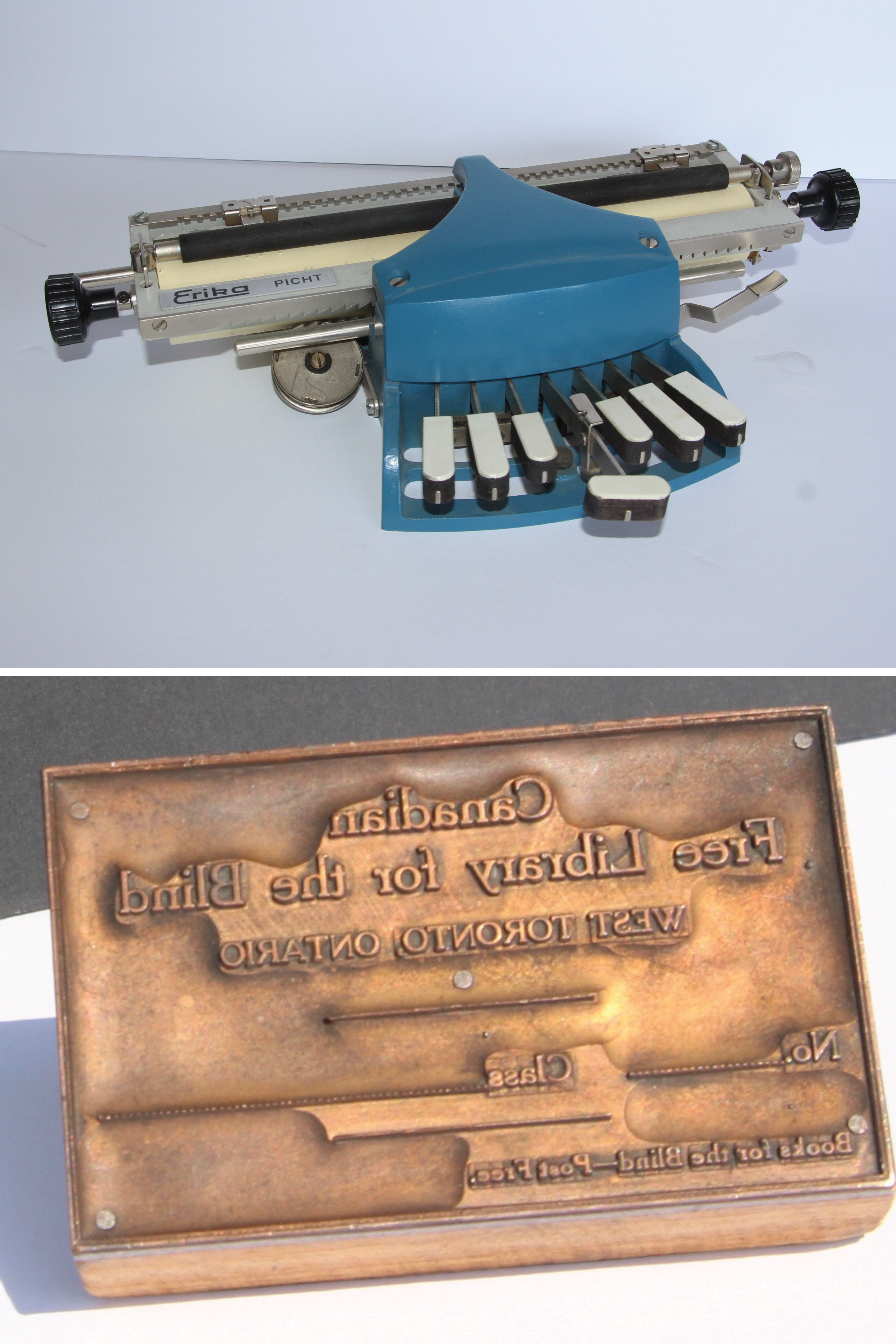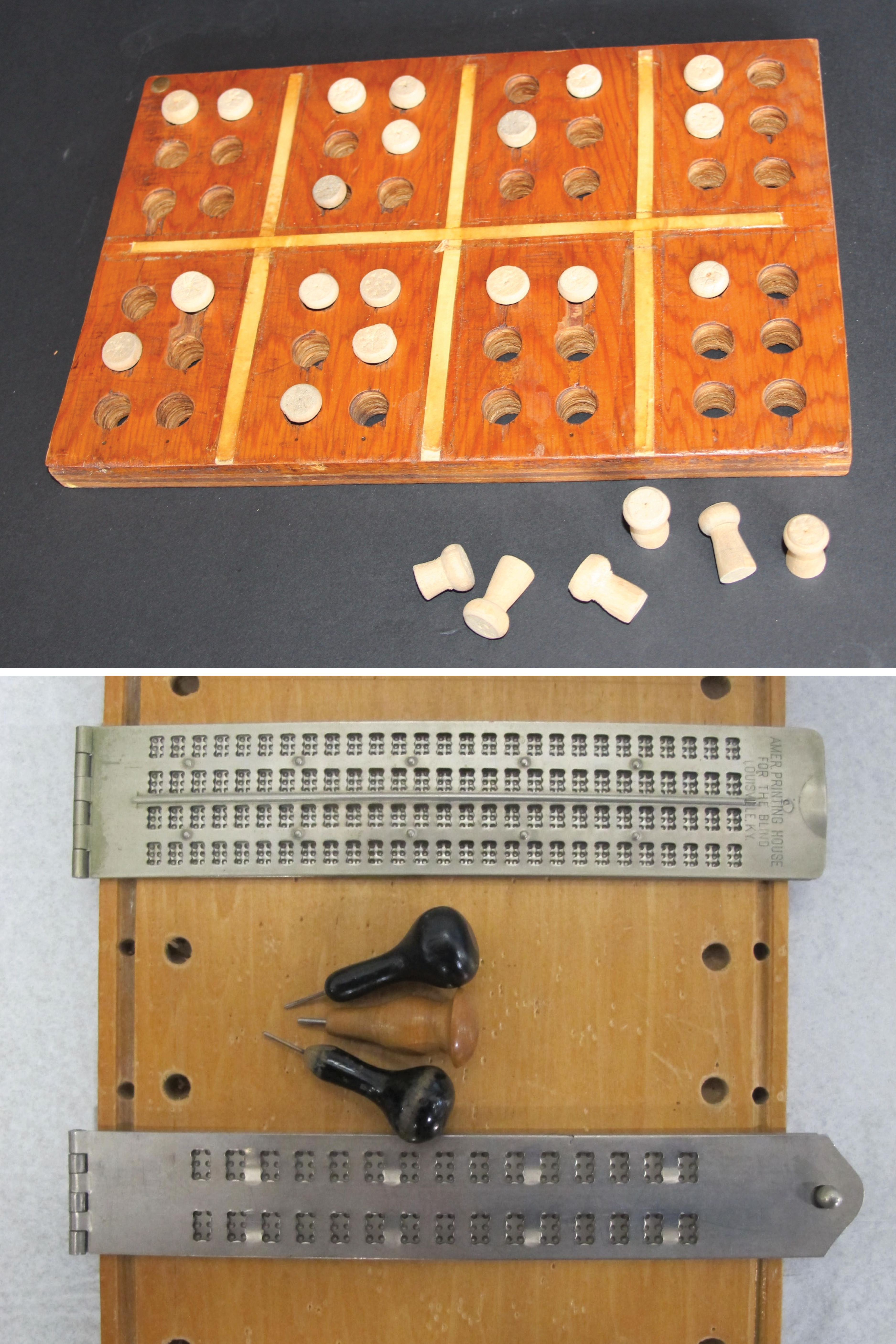
CNIB has donated a collection of 101 artifacts to the Canadian Museum of History. The collection features a curated selection of resources and tools that have helped Canadians with sight loss live independent lives, including braille writers, braille readers, audiobooks, white canes, teaching tools, a talking alarm clock, braille games braille books or several other items.
"Since its founding in 1918, CNIB has had a profound impact on the lives of Canadians with vision loss and on society itself," says Jane Beaumont, CNIB Archivist. “The donated collection is an important part of our national identity, providing insight into the evolution of game-changing innovations, especially in reading and literacy, that have levelled the playing field for people with sight loss across Canada.”

CNIB’s rich history traces its origins back to the Canadian Free Library for the Blind (CFLB), established in 1906 to offer tactile books, free of charge. Blindness and eye injuries caused by the Halifax explosion and veterans returning home from World War I heightened awareness of the need for organized social services for blind Canadians. In 1918, CNIB was formally founded and incorporated by a group of seven Canadians– veterans and blind men among them – all of whom were members of the board of the Canadian Free Library for the Blind. CNIB’s online multimedia resource, That All May Read, further explores the history of blind literacy and reading in Canada.
"These donated artifacts tell an important story about the right to read, access to information, and the changing landscape of literacy, education, technology, and employment for people who are blind or partially sighted. We hope this collection will allow people to reflect on 100 years of exciting progress for people with sight loss and celebrate the important contributions people who are blind or partially sighted have made in Canada and around the world,” says Beaumont.
The acquisition also includes 25 duplicate objects which can be used for cultural demonstrations, allowing visitors to touch the objects, marking the first time the Museum has acquired duplicates for this purpose.
You can read more about the donated collection on the Canadian Museum of History's blog.